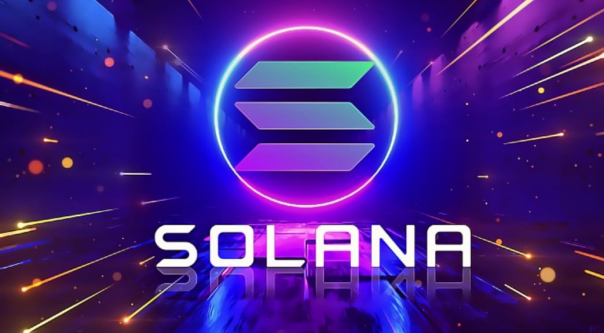
Solana: is a high-performance blockchain platform that aims to solve the scalability and speed problems of existing blockchains. Its founder, Anatoly Yakovenko, worked at Qualcomm and brought his experience in distributed systems to the blockchain field. Yakovenko proposed the concept of Solana in 2017 and launched the Solana project in 2018. His goal is to create a blockchain network that can handle a large number of transactions while maintaining decentralization and security.
Solana's Innovative Protocol: Proof of History (PoH)
Solana's uniqueness lies in its innovative Proof of History (PoH) protocol. PoH is a timestamp encryption protocol that can prove the order of events without a consensus mechanism. PoH significantly increases the processing speed of the blockchain by generating a continuous hash chain that arranges transactions in chronological order. The introduction of PoH allows Solana to process thousands of transactions per second without sacrificing decentralization and security.
Solana's Core Technology Architecture
In addition to PoH, Solana's core technology architecture also includes Tower BFT consensus algorithm, Turbine protocol, Gulf Stream protocol, Sealevel runtime, Pipelining mechanism, Cloudbreak database and Archivers storage solution. Together, these technologies build a high-performance, scalable blockchain platform.
Tower BFT consensus algorithm: an efficient consensus algorithm based on PoH that can quickly reach network consensus.
Turbine protocol: an optimized block propagation protocol that can efficiently distribute data to network nodes.
Gulf Stream protocol: improves transaction processing speed by forwarding transactions to validator nodes in advance.
Sealevel runtime: a smart contract execution environment that supports parallel processing.
Pipelining mechanism: improves transaction processing efficiency through pipeline processing.
Cloudbreak database: a high-performance ledger storage solution that supports horizontal expansion.
Archiver storage solution: a distributed storage system for storing historical data.
Solana's Development History
Since its launch in 2018, Solana has achieved significant development. In March 2020, Solana's mainnet was officially launched. With the launch of the mainnet, Solana attracted a large number of developers and projects to settle in, and its ecosystem expanded rapidly. In 2021, Solana made major breakthroughs in DeFi, NFT, and Web3, becoming a star project in the blockchain industry.
Solana's market performance: Thanks to its technological advantages and rapidly developing ecosystem, Solana has performed well in the market. The price of its native token SOL has achieved a significant increase in a short period of time, attracting the attention of a large number of investors. As of now, SOL has become one of the top ten cryptocurrencies in terms of market value.
Future Outlook
Looking ahead, Solana will continue to focus on technological innovation and ecosystem expansion. Its team is actively developing Solana 2.0 to further improve the performance and scalability of the network. At the same time, Solana also plans to launch more development tools and resources to attract more developers and projects to settle in and promote the popularization and application of blockchain technology.
Through continuous technological innovation and ecosystem construction, Solana is expected to become a leader in the blockchain industry in the future, providing efficient, secure, and decentralized blockchain services to global users.